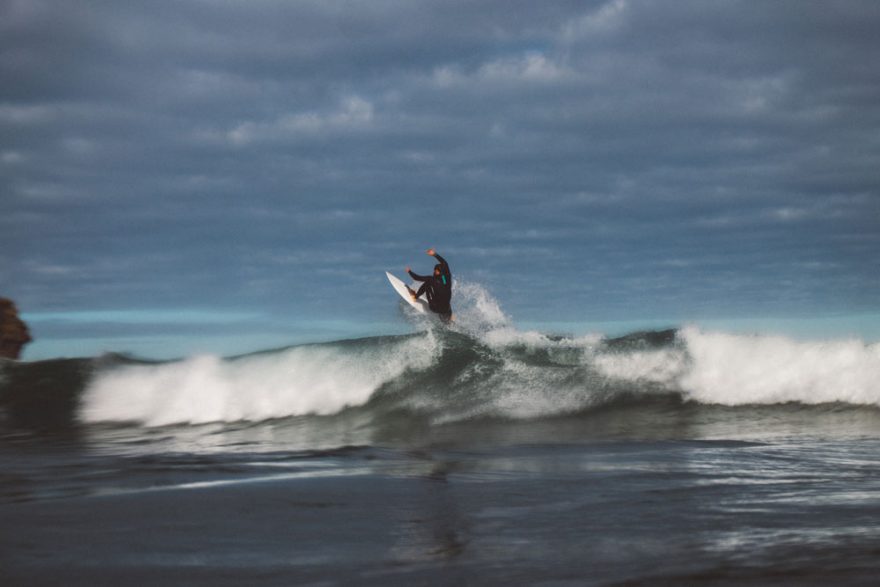
Winter is finally here and for many that means hanging up their wetsuit until the water warms up again in the spring.
For those that aren’t scared by the idea of braving the icy waters, winter can be an ideal time to get out there and work on their surf skills, posing a fresh – and bracing – new challenge to keep water sports fans occupied this season.
If you’re thinking of getting into the water this winter, follow these cold-water surfing tips to stay safe and get the most out of the waves.
1. Winter Warming Kit
When it comes to the kit, you’ll need to prepare yourself when facing such low temperatures out in the water, and this may require a little bit of investment.
A full wetsuit is a must to stay warm as temperatures drop. Go for one that covers your full arms and legs. Your skin should come into as little contact with the cold water as possible to keep warm, just as you would during this season on land.
A winter wetsuit is the best investment you can make if you’re taking up cold water surfing, with high-quality neoprene, a thickness of approximately 5mm and a thermal lining for insulation when you’re taking on those waves. A suit with liquid-sealed seams will also be especially helpful for keeping water out, allowing you to concentrate on enhancing your surfing skills and chasing the biggest wave.
As for the rest of your kit, accessories including a neoprene hood, gloves, and boots are highly advisable to protect against the falling temperatures of the water. If you’re an experienced cold water surfer and are planning on frequently heading out into the water this season, it’s also a good idea to pack some earplugs to prevent the dreaded surfer’s ear.
2. Surf’s Up: A Winter Surfboard
One of the main parts of your cold-water surfing kit is, of course, your surfboard. While it is possible to continue to use a standard board during the winter season, a larger surfboard with more volume is recommended to face greater and supposedly heavier, more powerful waves. A bigger board will also be helpful as you’ll be wearing a less flexible, denser wetsuit in winter.
3. Seal Your Skin
All sports can come with the risk of injury, but with cold water surfing the risk of drying out and damaging your skin can be easily avoided. Add moisturizer and Vaseline to your kit and put on a thick layer of both before and after your surfing session. Doing this will protect your skin from the abrasive properties of the cold water and prevent your lips from becoming cracked and dry. The extra layers will also help to seal your skin in case your wetsuit takes in any water.
4. Keep Moving
With cold water surfing, there’s no time to sit still on your board – you’ve got to stay active and keep moving to stay warm. Continue to paddle during your session to ensure the blood is constantly pumping throughout your body and reaches your hands and feet – the areas most likely to be affected by the low temperatures of the water.
It’s vital to conserve as much body heat as possible, so if you are sitting on your surfboard, make sure that your hands are tucked underneath your armpits, or your arms are down by your sides while shrugging your shoulders to increase blood flow.
Don’t forget to keep moving before you get into the water – stretching will help you prepare for your session and warm you up so that you can be ready to face the cold water that is waiting for you.
5. Stay Hydrated
Water is important – you might be heading out into a vast expanse of water, but one of the essential things you need to do before surfing in the cold is to ensure you drink plenty of liquid and stay hydrated.
Make sure that you drink as much water as possible before your session, as this can also help you stay warm and invigorated while surfing.
You should also try to consume a serving of complex carbohydrates and protein before hitting the waves to load up on as much energy as you can.
 Your Privacy Choices
Your Privacy Choices
 The
The